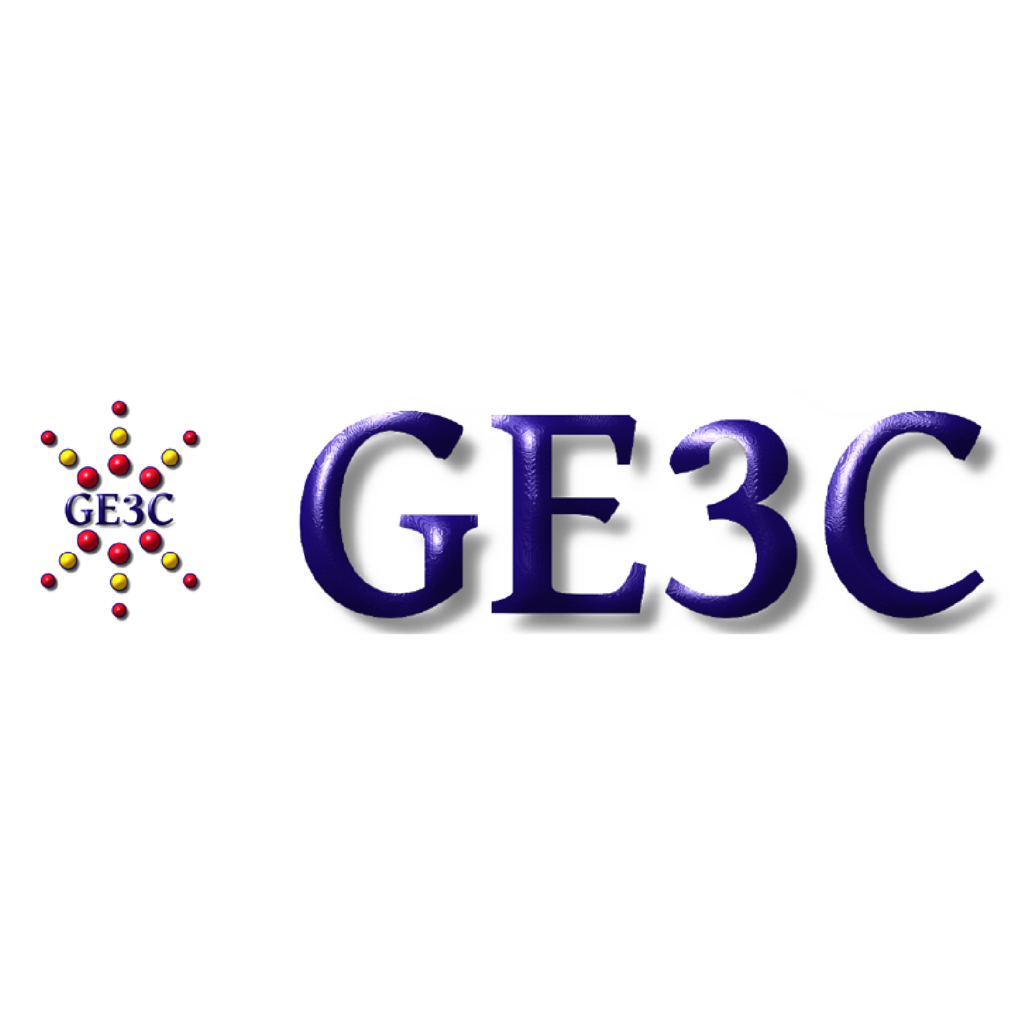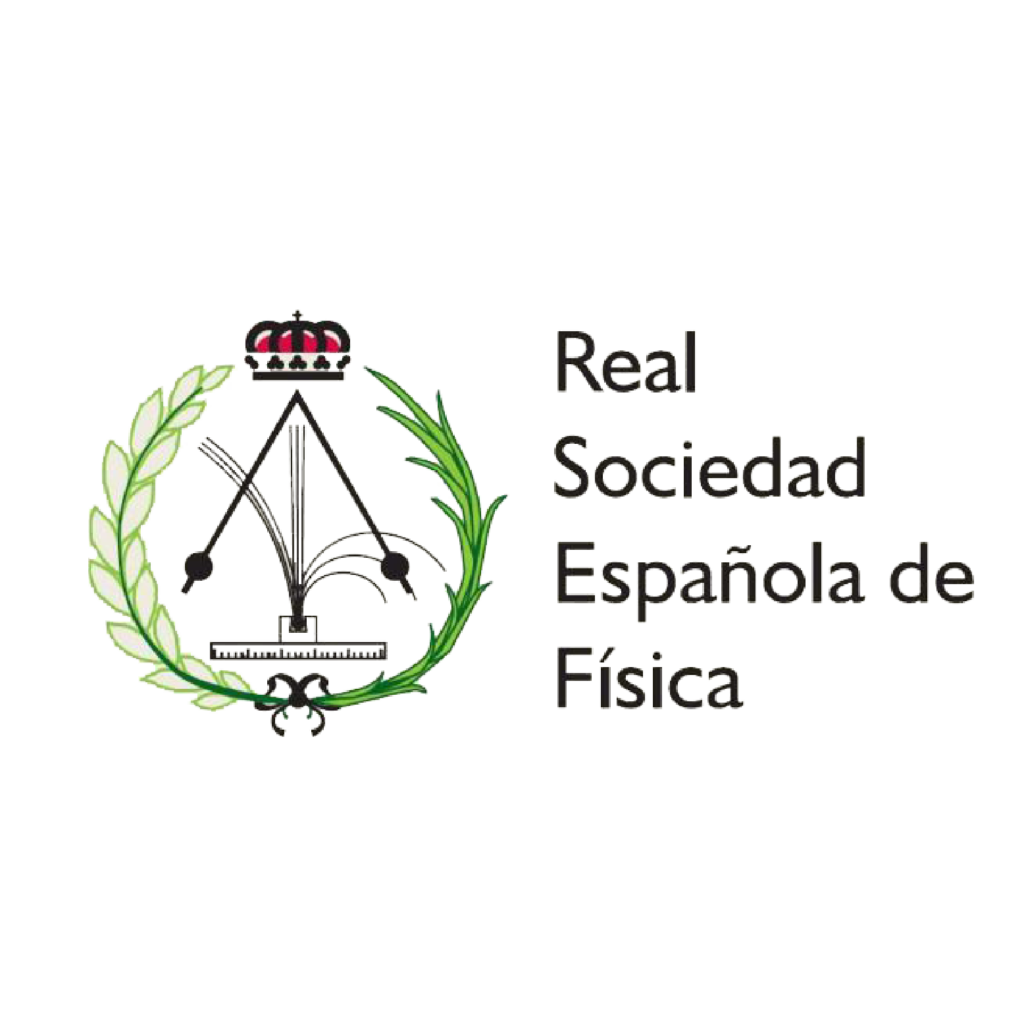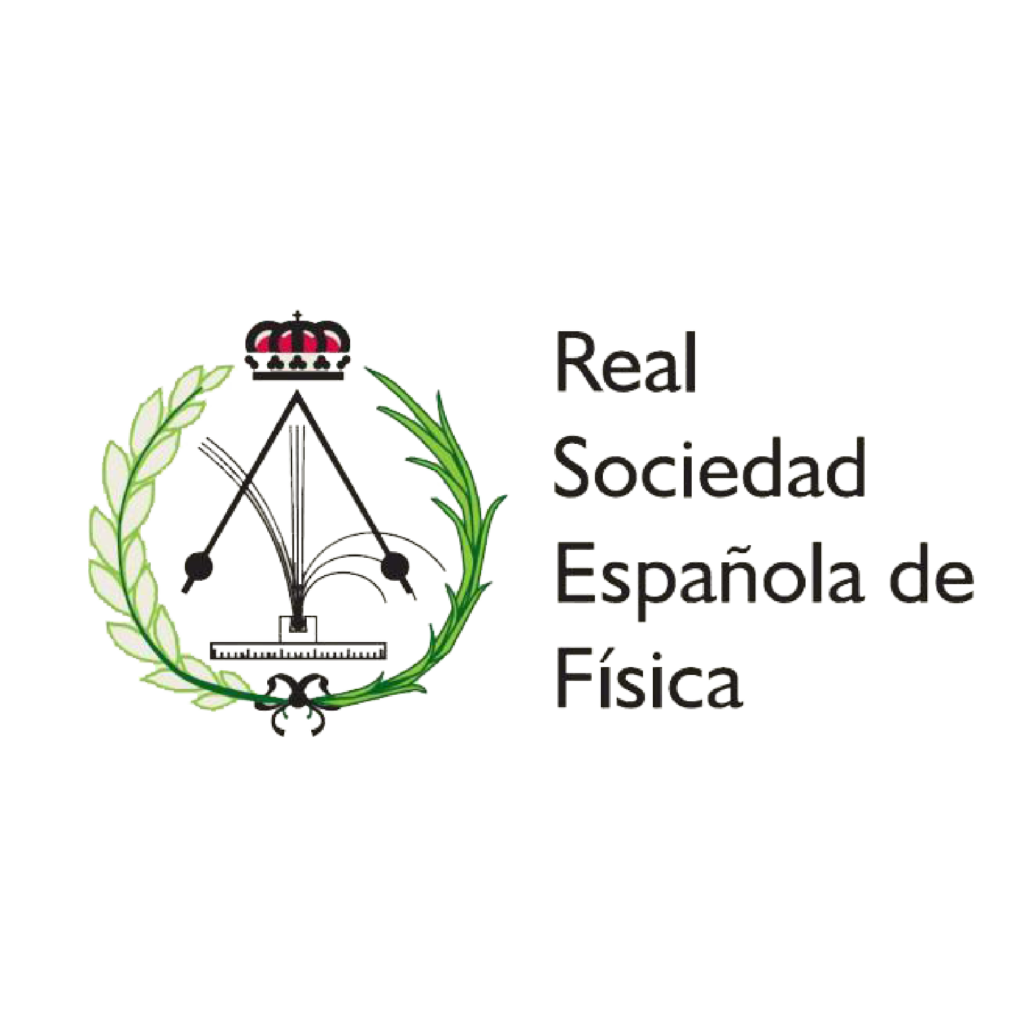Martin U. Schmidt studied chemistry at RWTH Aachen University (Germany), and finished his PhD thesis on crystal structure prediction of molecular compounds in 1994. From 1995 to 2002 he was employed in the company Hoechst AG (later Clariant) in Frankfurt, where he worked on crystal engineering of industrial organic pigments. Since 2002, he is professor at Goethe University in Frankfurt. His research is focussed on the crystal structures determination of nanocrystalline organic compounds, especially pharmaceutical ingredients and organic pigments, including method developments.
Abstract:
Nanocrystalline Organic Compounds: Structure Determination by Global PDF Fit
Martin U. Schmidt
Goethe University, Institute of Inorganic and Analytical Chemistry, Frankfurt am Main, Germany, m.schmidt@chemie.uni-frankfurt.de
The pair-distribution function (PDF) describes the probability to find two atoms with an atom-atom distance r (like a histogram of interatomic distances). The PDF contains intramolecular as well as intermolecular distances. The PDF is summed over all atom-atom pairs, and is weighted by the scattering power of the two atoms. It is normalised to an average atom density. Correespondingly, a PDF value of zero denotes an average probability; values above and below zero represent more and less frequent distances, resp.
Experimentally, the PDF is obtained by Fourier transformation of a powder diffractogram, carefully measured with a large 2θ range, and good counting statistics especially at high 2θ values.
The PDF can be obtained for crystalline, nanocrystalline and amorphous samples.
For organic compounds, e.g., pharmaceuticals, the PDF is used, e.g., to investigate the local structure (molecular arrangement) of nanocrystalline and amorphous compounds, to determine the domain sizes (ordering lengths), or to compare the local structures of amorphous, nanocrystalline, and crystalline samples. For all these tasks, laboratory powder data are usually sufficient.
In our group, we develop a method for the crystal structure determination of nanocrystalline organic compounds by a global fit to the PDF [1,2]. For this task, synchrotron data are required. The global PDF fit starts from scratch with a large set of random crystal structures with random lattice parameters, random molecular positions and orientations in different space groups. The structures are fitted to the experimental PDF in a multi-step procedure using a combination of our program FIDEL («Fit with deviating lattice parameters», [3]) and TOPAS. As an example, the crystal structure of Pigment Yellow 83, C36H32Cl4N6O8, was re-determined by a global PDF fit. Using a sample with a domain size of 60 nm, the correct crystal structure could be reproducibly obtained with a good fit and a high accuracy. From a nanocrystalline sample with a domain size of 10 nm only, an approximate structure could be obtained.
[1] S. Habermehl, C. Schlesinger, M.U. Schmidt: «Structure determination from unindexed powder data from scratch by a global optimization approach using pattern comparison based on cross-correlation functions», Acta Cryst. 2022, B78, 195–213, doi.org/10.1107/S2052520622001500.
[2] S. Habermehl, C. Schlesinger, M.U. Schmidt, D. Prill: «Comparison of atomic pair distribution functions using cross-correlation functions», German Patent Application No. 10 2020 004 292.9 (2020).
[3] S. Habermehl, P. Mörschel, P. Eisenbrandt, S.M. Hammer, M.U. Schmidt: «Structure determinations from powder data without prior indexing using similarity measure based on cross-correlation functions», Acta Cryst. 2014, B70, 347-359, doi.org/10.1107/S2052520613033994.













